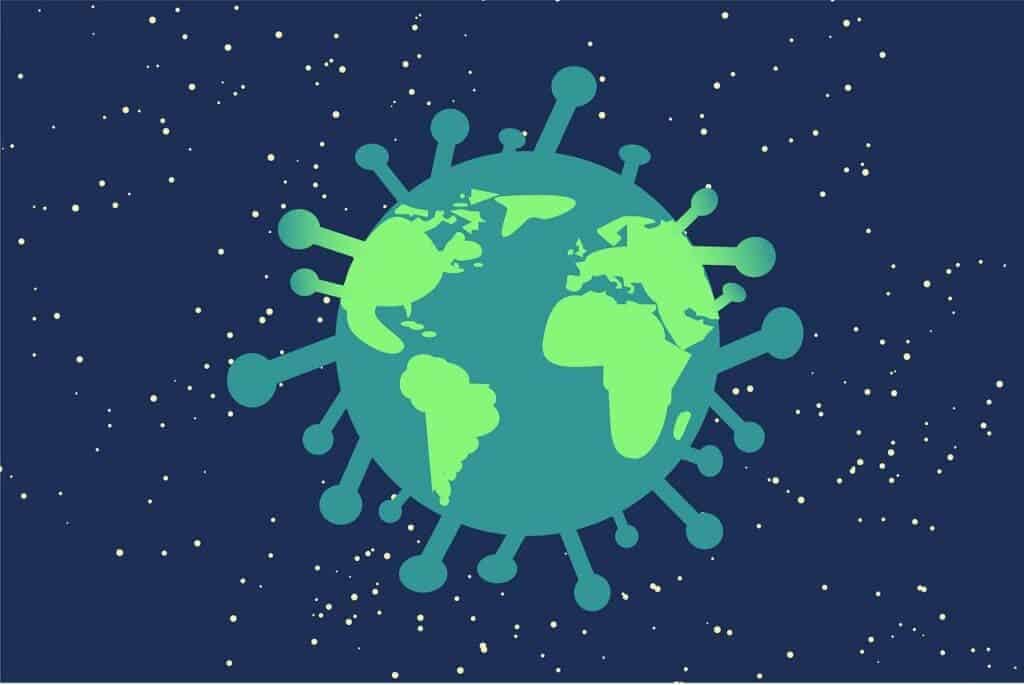
Australian researchers published the first study that assessed the relationship between climate and COVID-19 in the southern hemisphere. They found that for every one percent decrease in humidity, the number of COVID-19 cases jumped by six percent. The findings suggest that winter will cause a surge in cases and local authorities should prepare accordingly.
“COVID-19 is likely to be a seasonal disease that recurs in periods of lower humidity. We need to be thinking if it’s winter time, it could be COVID-19 time,” Michael Ward, an epidemiologist in the Sydney School of Veterinary Science at the University of Sydney, said in a statement.
Ward, along with colleagues in Sydney and Shanghai, studied 749 cases of COVID-19, mostly from the Greater Sydney area of the state of New South Wales, which were confirmed between February 26 and March 31. Each patient’s postcode was matched with the nearest weather station in order to determine rainfall, temperature, and humidity readings during the time they got sick.
It soon became apparent that humidity was closely linked with an uptick in cases. “This means we need to be careful coming into a dry winter,” Professor Ward explained.
SARS-CoV-2 is primarily transmitted through direct contact from person-to-person, when a susceptible host is exposed to the respiratory fluids of an infected person. This mode of transmission is facilitated during the winter because of the drier air that makes aerosols — small particles suspended in the air which can contain active material when these are exhaled or coughed by an infected person — even smaller, allowing them to stay suspended in the air for longer.
“That increases the exposure for other people. When the air is humid and the aerosols are larger and heavier, they fall and hit surfaces quicker,” Ward said.
Previously, researchers also identified a link between climate and the occurrence of SARS-CoV-1 and MERS-CoV cases in Hong Kong and China, and Saudi Arabia, respectively. SARS-CoV-1 and MERS-CoV are closely related coronaviruses to SARS-CoV-2, the virus that causes COVID-19, and caused outbreaks in 2002-2004 and 2012, respectively.
Although other studies suggested that hot weather might slow down the spread of the virus, researchers at the University of Toronto found no clear correlation between temperature and disease spread, after they analyzed disease transmission in Australia, the US, and Canada. This suggests that summer won’t curb the spread of COVID-19, but winter should not amplify it. However, the change in humidity and its association with COVID-19 transmission is worrisome enough on its own.
The findings appeared in the journal Transboundary and Emerging Diseases.









